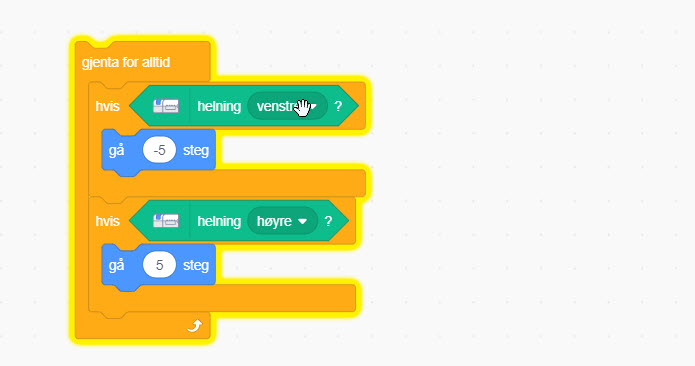

The stage is 480 pixels wide, and 360 pixels tall, x:240 being the far right, x:-240 being the far left, y:180 being the top, and y:-180 being the bottom. The stage uses x and y coordinates, with 0,0 being the stage center. įrom left to right, in the upper left area of the screen, there is a stage area, featuring the results (i.e., animations, turtle graphics, etc., everything either in small or normal size, full-screen also available) and all sprites thumbnails listed in the bottom area. The stage is 480 pixels wide and 360 pixels tall, with a range between x=-240 to x=240 in width and a range between y=-180 and y=180 in height. The stage is organized through x and y coordinates, with the center coordinate (0, 0) placed in the center of the stage. The list of sprites on screen are placed below the stage area to show a list of sprites that are usable for the program. The stage area features all of the animations, graphics, drawings, and among other visual features. The area where the user can interact with is called the stage area. Scratch 2.0 development environment and its different areas at startup They also do helpful tutorials for coding help and support. The Scratch Team (ST) is an organization that helps maintain, manage and help keep Scratch safe.

Teachers also use it as a tool across many other subjects including math, science, history, geography, and art. Scratch is often used in teaching coding, computer science, and computational thinking. Scratch is translated into 70+ languages and is used in homes, schools, and after-school clubs in every country in the world. There is also a discussion page with multiple forums mainly used for chatting and help with coding.Īlthough made for children 8-16, Scratch can be used to produce simple or complex programs so it is worth learning to use by adults as well. It allows them to explore and experiment with the ideas of computer programming by using "blocks" that are put together to make simple code. Scratch is a drag-and-drop programming language for children designed to create things such as games, animations, platform games, clicker games. Logo, Smalltalk, HyperCard, StarLogo, AgentSheets, Etoys Wedo 1.0 Setup Instructions LEGO WeDo 2.MIT Media Lab Lifelong Kindergarten Group You can also use Scratch to program the original LEGO WeDo (LEGO WeDo 1.0). Use the WeDo extension blocks to turn on lights, control motors, and make your project interactive WeDo 2.0 Starter Projects
SCRATCH WEDO BLUETOOTH
The Device Manager lets you connect WeDo 2.0 to Scratch using Bluetooth Download HereĬonnect your WeDo 2.0 by following the steps in the Tips Window
SCRATCH WEDO WINDOWS
We plan to release a Windows version later in 2016.
SCRATCH WEDO FOR MAC
The LEGO WeDo 2.0 extension is currently only available for Mac OSX. You can snap together Scratch programming blocks to interact with your LEGO WeDo creations and add animations on the screen. The LEGO® Education WeDo 2.0 is an introductory invention kit you can use to build your own interactive machines. This is a repost of the Scratch Team update:


 0 kommentar(er)
0 kommentar(er)
